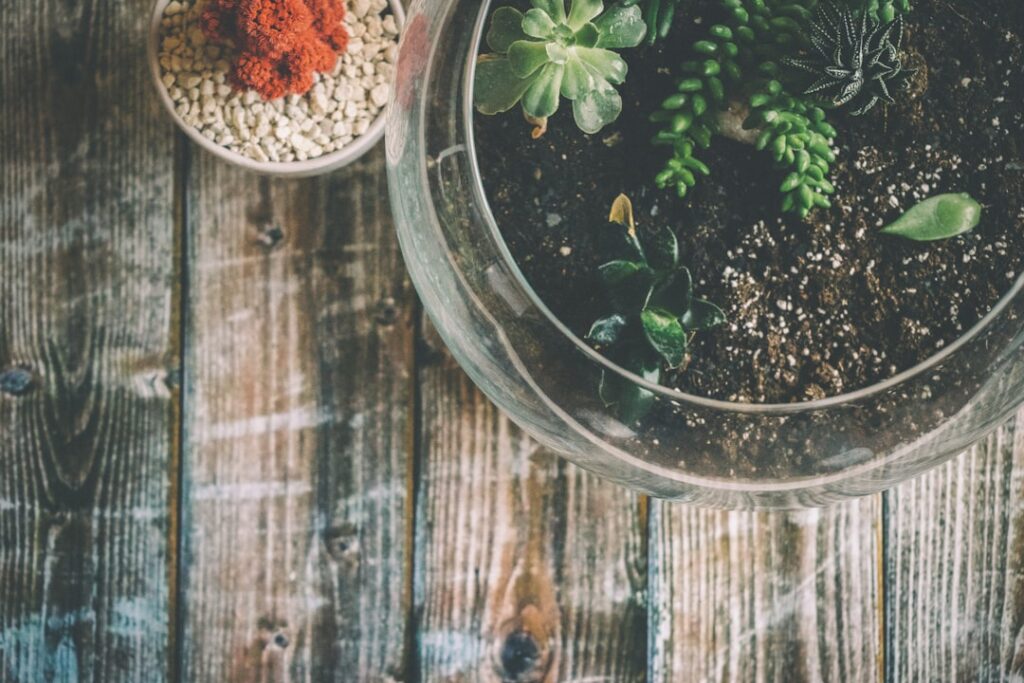Isopods are a fascinating group of crustaceans that belong to the order Isopoda. They are commonly known as woodlice, pill bugs, or roly-polies, and are found in a wide range of habitats, including terrestrial, freshwater, and marine environments. Isopods are characterized by their flattened bodies, seven pairs of legs, and the ability to roll into a ball for protection. They are also known for their diverse range of sizes, with some species measuring only a few millimeters in length, while others can grow up to 50 centimeters.
Isopods play a crucial role in the ecosystem as decomposers, feeding on decaying organic matter and helping to recycle nutrients back into the soil. They also serve as an important food source for many animals, including birds, amphibians, and reptiles. In addition to their ecological significance, isopods have also been the subject of scientific research due to their unique reproductive strategies and ability to survive in extreme environments. Overall, isopods are a diverse and ecologically important group of crustaceans that play a vital role in maintaining the balance of various ecosystems.
Isopods are fascinating creatures that have captured the interest of scientists and hobbyists alike due to their unique characteristics and behaviors. From their diverse range of habitats to their important role in the ecosystem, isopods are truly remarkable creatures that continue to intrigue and inspire curiosity among those who study and observe them.
Key Takeaways
- Isopods are small crustaceans commonly known as woodlice or pill bugs.
- Isopods come in a wide variety of species, with different colors, sizes, and habitats.
- Isopods can make low-maintenance and interesting pets for both children and adults.
- Isopods require a moist environment, proper substrate, and a balanced diet for optimal care.
- Isopods can be found for sale at pet stores, online retailers, and through hobbyist communities.
The Diversity of Isopods
Isopods exhibit an incredible diversity in terms of their size, shape, and habitat preferences. There are over 10,000 known species of isopods, with new species being discovered on a regular basis. They can be found in almost every corner of the world, from the depths of the ocean to the highest mountain peaks. Some species are adapted to live in freshwater environments, while others thrive in terrestrial habitats such as forests, grasslands, and deserts. Additionally, there are isopod species that have evolved to live in symbiotic relationships with other organisms, such as ants and termites.
One of the most fascinating aspects of isopod diversity is their wide range of body shapes and sizes. While some species are small and round, resembling tiny armadillos, others are elongated and resemble shrimp or lobsters. Some species have evolved to be brightly colored or patterned, while others are more cryptic in appearance, blending in with their surroundings for camouflage. This incredible diversity has made isopods a subject of interest for scientists and hobbyists alike, as they continue to uncover new species and learn more about the unique adaptations and behaviors of these fascinating crustaceans.
The diversity of isopods extends beyond just their physical appearance and habitat preferences. Isopods also exhibit a wide range of behaviors and life history strategies. Some species are known for their complex social structures and cooperative behaviors, while others are solitary and territorial. Additionally, isopods have evolved a variety of reproductive strategies, including internal fertilization and brood care. This diversity in behavior and life history strategies has made isopods an intriguing subject for researchers interested in understanding the evolution and ecology of these fascinating crustaceans.
Isopods as Pets
Isopods have gained popularity as pets in recent years due to their low maintenance requirements and unique appearance. Many people find isopods to be interesting and easy to care for pets that can be kept in a terrarium or vivarium setup. Isopods are also popular among educators and parents as a way to introduce children to the world of invertebrates and teach them about the importance of biodiversity and conservation.
Keeping isopods as pets can be a rewarding experience for both beginners and experienced hobbyists. They are relatively low maintenance creatures that require minimal care and can thrive in a variety of environmental conditions. Isopods can be kept in a simple setup with substrate, hiding places, and a water source, making them an ideal choice for those looking to start a small-scale invertebrate collection.
In addition to their ease of care, isopods also offer a unique opportunity for observation and study. Their diverse behaviors, reproductive strategies, and interactions with their environment make them an interesting subject for those interested in learning more about the natural world. Overall, isopods make fascinating pets that can provide hours of entertainment and educational value for those who choose to keep them.
Isopod Care and Maintenance
| Aspect | Details |
|---|---|
| Temperature | Keep the tank between 65-75°F (18-24°C) |
| Humidity | Maintain humidity levels at 70-80% |
| Substrate | Provide a mix of soil, sand, and leaf litter |
| Feeding | Offer a variety of vegetables and fruits |
| Water | Provide a shallow dish of water for drinking |
| Handling | Avoid excessive handling to reduce stress |
Isopods are relatively low maintenance creatures that require minimal care to thrive in captivity. When setting up a habitat for isopods, it is important to provide them with a suitable substrate that mimics their natural environment. This can include a mix of organic materials such as leaf litter, rotting wood, and moss, which will provide the isopods with hiding places and a food source.
In addition to substrate, it is important to provide isopods with a source of moisture, as they require high humidity levels to thrive. This can be achieved by misting the habitat regularly or providing a shallow water dish for the isopods to drink from. It is also important to monitor the temperature of the habitat, as isopods prefer warmer temperatures ranging from 70-80 degrees Fahrenheit.
Feeding isopods is relatively simple, as they are detritivores that feed on decaying organic matter. In captivity, isopods can be fed a variety of foods such as leaf litter, vegetables, fruits, and commercial isopod diets. It is important to provide a varied diet to ensure that the isopods receive all the nutrients they need to thrive.
Overall, caring for isopods requires minimal effort and can be a rewarding experience for those looking to keep these fascinating creatures as pets.
Where to Find Isopods for Sale
Isopods can be found for sale through a variety of sources, including pet stores, online retailers, and hobbyist groups. Many pet stores that specialize in reptiles or invertebrates will carry a selection of isopods for sale, often offering different species and color morphs to choose from. Online retailers also offer a wide range of isopod species for sale, often providing detailed information about each species’ care requirements and habitat preferences.
In addition to pet stores and online retailers, hobbyist groups and forums can be a great resource for finding isopods for sale. Many hobbyists breed and sell isopods as a way to share their passion for these creatures with others. Joining a hobbyist group or forum can provide access to a wide range of isopod species that may not be readily available through traditional pet stores or online retailers.
When purchasing isopods for sale, it is important to research the specific care requirements of the species you are interested in to ensure that you can provide them with a suitable habitat. It is also important to purchase from reputable sources that prioritize the health and well-being of their animals.
Isopod Community and Culture

The isopod community is made up of a diverse group of individuals who share a passion for these fascinating creatures. From scientists studying their ecology and behavior to hobbyists breeding and keeping them as pets, the isopod community continues to grow as more people become interested in these unique crustaceans.
One way that the isopod community connects with each other is through social media platforms such as Facebook groups and Instagram accounts dedicated to sharing information about isopod care, breeding tips, and photos of different species. These online communities provide a space for enthusiasts to connect with each other, share their experiences, and learn from one another.
In addition to online communities, there are also local and national organizations dedicated to promoting the study and conservation of isopods. These organizations often host events such as conferences, workshops, and field trips where members can come together to learn more about these fascinating creatures and connect with others who share their passion.
Overall, the isopod community is a welcoming and inclusive group that continues to grow as more people become interested in learning about these unique crustaceans.
The Future of Isopods
The future of isopods looks promising as more people become interested in studying and keeping these fascinating creatures. As our understanding of their ecology and behavior continues to grow, so too does our ability to conserve and protect their natural habitats.
One area of future research that holds promise is the study of isopod genetics and evolution. By understanding the genetic diversity within different species of isopods, scientists can gain valuable insights into their evolutionary history and potential adaptations to changing environmental conditions.
In addition to scientific research, the future of isopods also holds promise for those interested in keeping them as pets. As more people become aware of the unique characteristics and low maintenance requirements of isopods, it is likely that their popularity as pets will continue to grow.
Overall, the future of isopods looks bright as more people become interested in studying, conserving, and keeping these fascinating creatures. With continued research and education efforts, we can ensure that these unique crustaceans continue to thrive for generations to come.
If you’re interested in purchasing isopods, you may want to check out this article on thunderpro.net for tips on where to find isopods for sale and how to care for them. This website offers a variety of isopods for sale, including different species and sizes, and provides valuable information on their care and habitat requirements. Whether you’re a beginner looking to start your own isopod colony or a seasoned enthusiast looking to expand your collection, this article can help guide you in the right direction.
FAQs
What are isopods?
Isopods are a type of crustacean that are commonly known as woodlice or pill bugs. They are found in a variety of habitats, including forests, deserts, and even urban areas.
What do isopods eat?
Isopods are detritivores, meaning they primarily feed on decaying organic matter such as dead leaves, wood, and other plant material. They also consume fungi and algae.
Are isopods good for the environment?
Isopods play an important role in the ecosystem by aiding in the decomposition of organic matter. They help to break down dead plant material, returning nutrients to the soil and promoting the growth of new plants.
Can isopods be kept as pets?
Yes, isopods are popular pets among hobbyists. They are relatively low-maintenance and can be kept in a terrarium or vivarium with proper substrate, humidity, and temperature levels.
Where can I find isopods for sale?
Isopods can be found for sale at pet stores, online retailers, and through hobbyist groups and forums. It’s important to ensure that the isopods are sourced ethically and legally.
What are some popular species of isopods kept as pets?
Some popular species of isopods kept as pets include Armadillidium spp., Porcellio spp., and Oniscus spp. These species come in a variety of colors and patterns, making them attractive to collectors.








